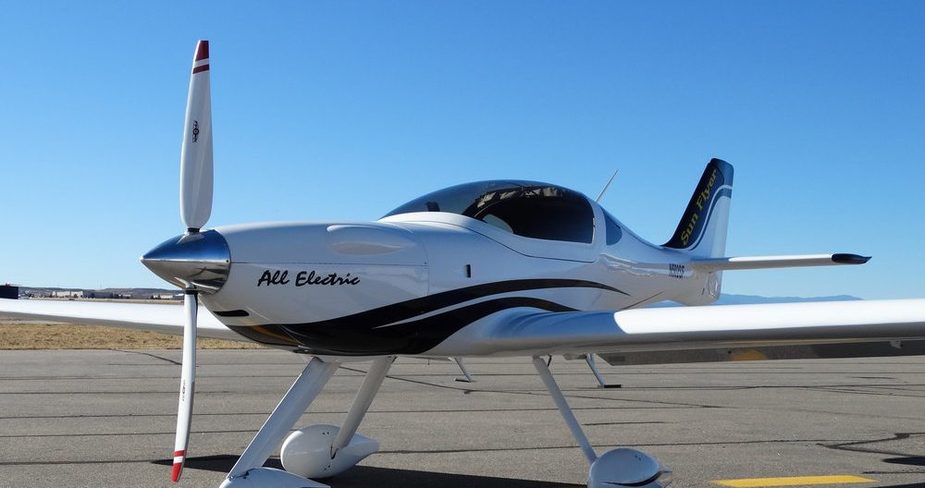esteban wrote:
Put in Rotaxes …. put in 2×60kW electric motors and 2×15kWh battery packs (60kW for 15 min = 15kWh).Are you suggesting a four-engined (four prop) plane, or electric motors that somehow provide additional torque to the twin crankshafts?
The Free Piston Engine Generator is an interesting concept. There are very little details out in regard to specs though. Is there a market version available?
1) extra torque (parallel hybrid)
2) unfortunately, very little is available about free piston generators
– obviously, there are some seriot us problems with the concept, otherwise it would have already been adopted, at least by Toyota and similar
– as far as I know, the problems are
– cycle-to-cycle variability, resulting in vibrations/lower reliability
– without crankshaft to work as stabilizing/buffer force to even out minor differences
– needs fast real-time control
– thermal load on the magnets in the moving piston
– maybe also emissions (for the 2stroke)
As with the batteries, things might sufficiently improve in 3-5-7year horizon, but I don’t think there is anything commercially available yet.
I thought that electric motors might eventually help homebuilders build cheaper planes by bypassing the costly aviation engines, but it seems the relevant motors and power electronics are not cheap either … hopefully re-purposing from e-cars might change things…
Silvaire wrote:
The LA Times article highlights a long existing and well known problem with connecting Solar and Wind to an otherwise gas fired power grid: it requires that you maintain spinning reserve in existing conventional power plants
No, spinning reserve is actually required to be reserve for the conventional power plants.
What the sun and wind is doing is pretty predictable over the course of a few hours, not so much an unexpected outage of Sizewell B nuclear station. You need enough spinning reserve to handle a couple of close or simultaneous outages of large conventional plants (which means a huge amount of generating capacity can go offline in an instant). Solar and wind however are made up of large numbers of very small power plants. The sudden failure of a 2MW wind turbine is a much easier problem to deal with than the sudden shutdown of a 1TW nuclear reactor.
esteban wrote:
it seems the relevant motors and power electronics are not cheap either
You’d obviously need batteries as well. Couldn’t find exact battery cost. Tesla style at 200 $/kWh for a 21 kWh battery pack that would be $ 4,200.
Hypothetically speaking it’s not looking too bad already and you can see it improving in the next few years.
What’s the cost of an hour Rotax fuel (80hp) compared to the cost of electricity to charge 21 kWh?
Archie wrote:
What’s the cost of an hour Rotax fuel (80hp) compared to the cost of electricity to charge 21 kWh?
Rotax: assume 17 l/h on average for a 75% cruise, that’s about €20 in most European countries.
Electricity: from about €0.10 to about €0.40 in different European countries, so 21 kWh won’t exceed €8.40. Even 80 hp × 0.736 hp/kW × 75% cruise power × 1 hour = 44 kWh, from €4.40 to €17.60 depending on country, and that’s at residential retail rates, about half of which is actually the network use fee (or whatever they call it). Charging stations get electricity substantially cheaper.
Same as comparisons between a Avgas and Jet-A, the comparison is heavily influenced by tax.
It even compensating for these distortions – electricity should still have the edge, because it can be produced from primary fuels that are cheaper, the conversion process from primary energy to energy delivered is more efficient.
It would be interesting to see a proper analysis for that, taking into account all cost of the entire chain. That includes extraction, refining/power generation and distribution, the engine, batteries etc.
Ultranomad wrote:
Rotax: assume 17 l/h
Electricity: 21 kWh
I read elsewhere that most car manufacturers expect 1/3 of their sales to be electric vehicles in 2020… are we at the advent (nice word to use today  ) of the electric transporation revolution?
) of the electric transporation revolution?
Sun Flyer 2-Seater and 4-Seater

Operating cost: $5 / hour plus $14/hour battery-replacement reserve, motor inspections and consumables like tires. Total: $ 19/hour.
Impressive look under the cowling:
Anyone know anymore about the progress?
1) that instalation does not look to be paying much attention to motor cooling
2) very little details on anything, including battery capacity
= looks more like wishful thinking.
1) Electric motors don’t need much cooling
2) I suspect the key is 3 hours endurance and cruise speeds as low as 55 knots.